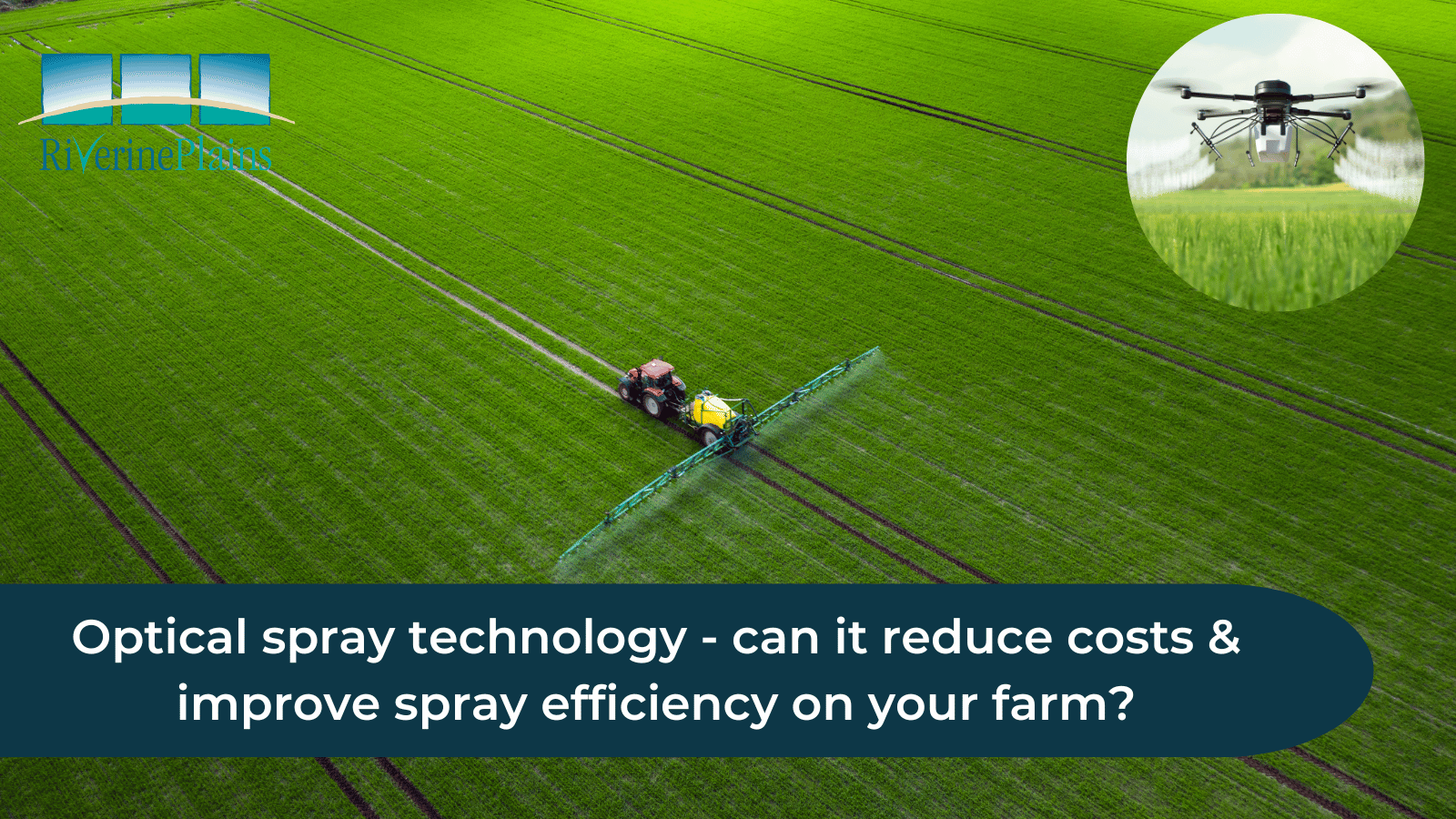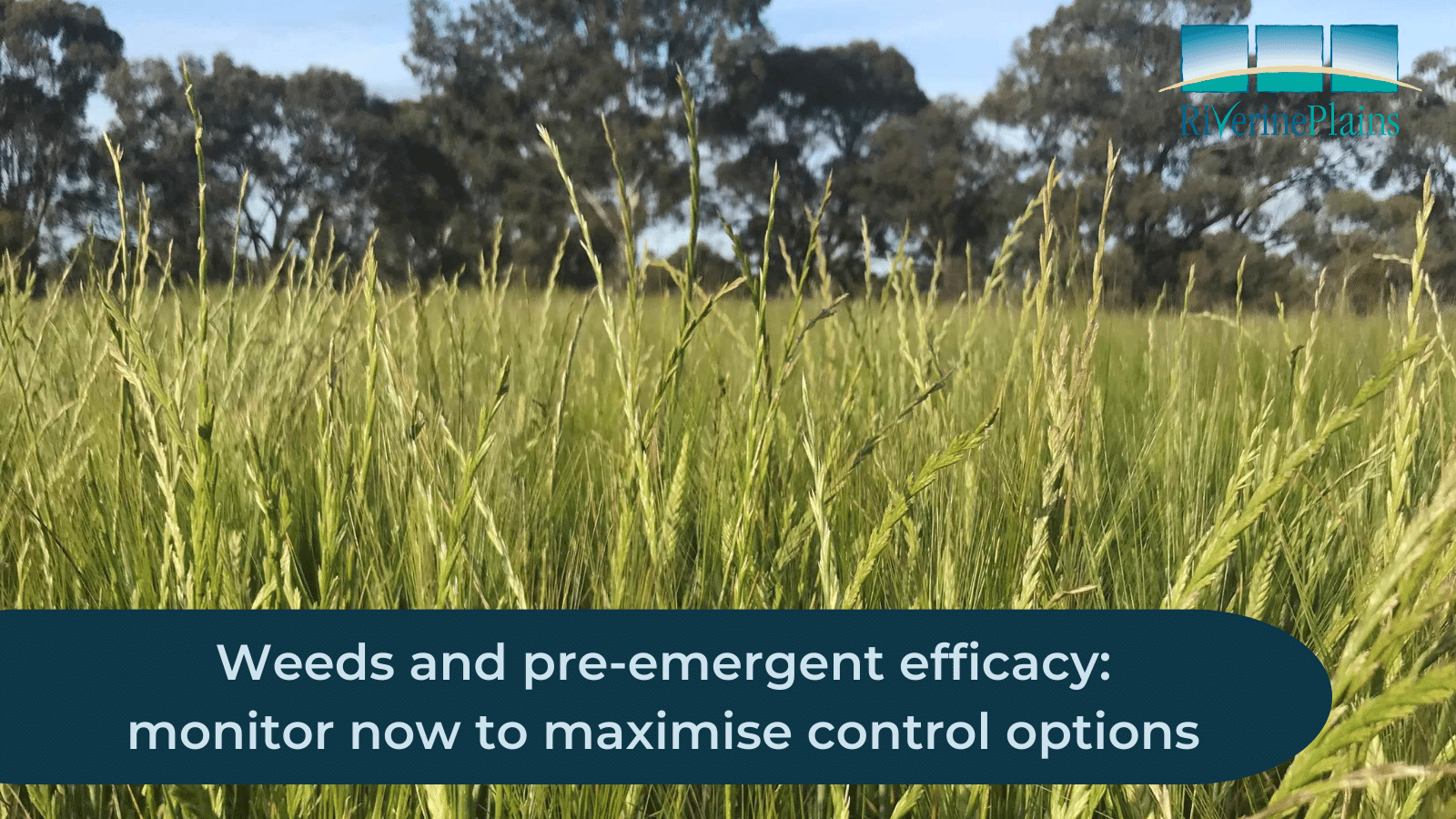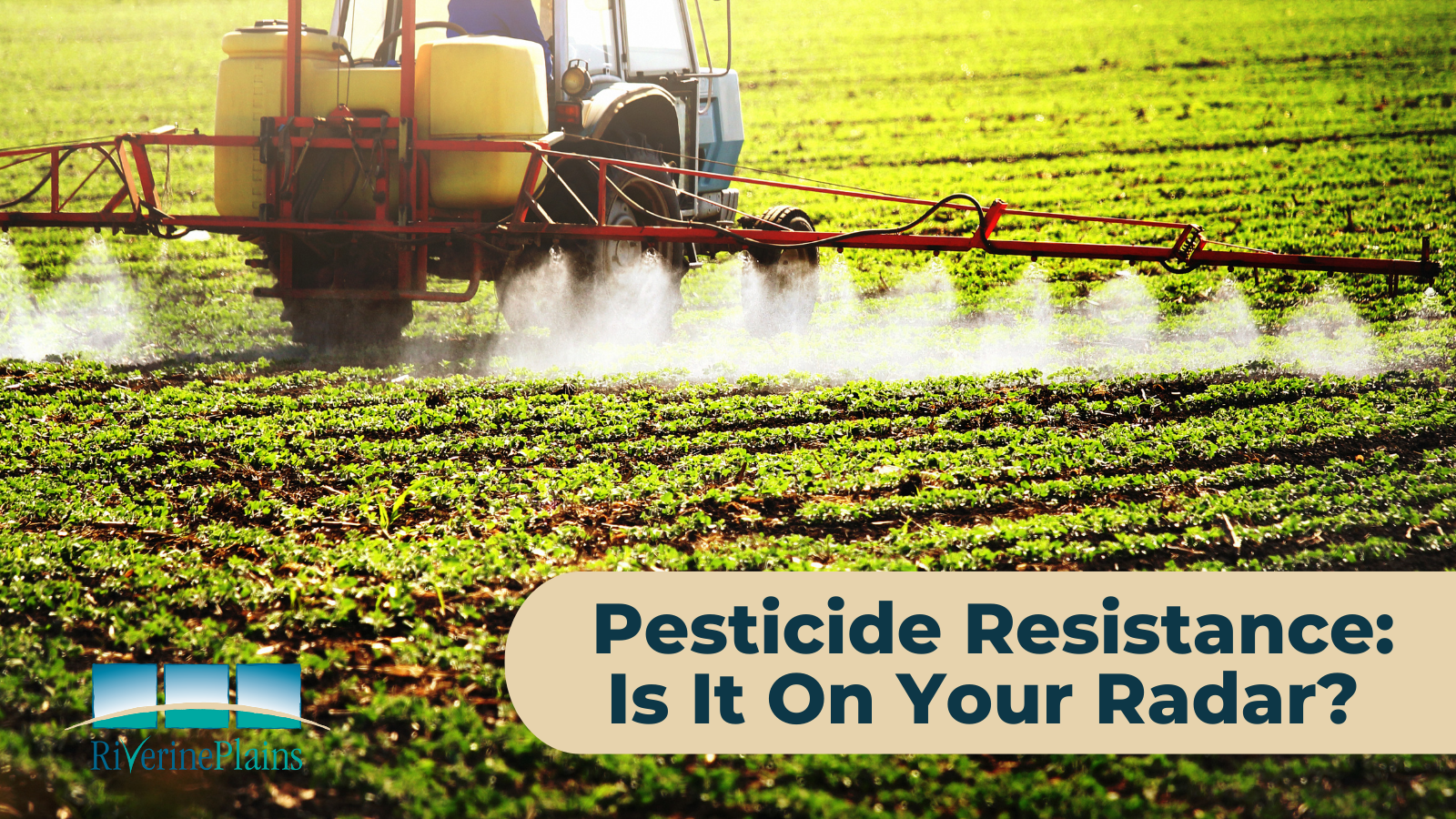Optical spray technology: Can it reduce costs & improve spray efficiency?

Key messages
- optical spray technology can offer dramatic savings in chemical, diesel and labour use
- green-on-brown (fallow) and green-on-green (in-crop) technologies are proving themselves with Australian farmers and can have a fit for all cropping operations
- low-cost options are available, with drones also having the capability to map and spray weeds across large areas
Over the last five years, agricultural spray technology has developed enormously. This has largely been driven by recent innovations in camera technology, as well as the need to decrease herbicide costs and application inefficiencies related to managing weeds.
Why consider optical spray technology?
There is an economic cost related to herbicide use which includes the price of herbicides, the application process itself, especially where several applications are needed to control certain species, as well as labour requirements. There is also an economic and environmental cost to managing resistant weed species, which are becoming more widespread across farming regions, including the Riverine Plains.
The good news is that optical, or spot-spray technology, is now a viable and more readily accessible tool that can be used to reduce herbicide application and weed control costs through:
- reduced overall chemical usage,
- more economical applications when spraying more often (i.e double knock)
- increased options to mix and rotate chemistry
Green on brown situations
There are a range of green-on-brown optical spray systems current on the market which aim to enhance weed management during a fallow period.
Green-on-brown systems work by using artificial intelligence (AI) camera technology to identify green plants in brown soil. Each nozzle has a designated camera that detects green material present in the nozzle spray area and this then triggers the nozzle to turn off and on when required. Because the system only operates when weeds are detected, this can lead to lower pesticide use overall when compared to conventional boom-spray systems.
Riverine Plains was able to showcase this technology at the 2022 Riverine Plains Innovation Expo, with local farmer, Craig Thomas. Craig estimated that over the 2022 summer fallow period, he saved around 50-60% on the cost of chemical, noting there were also savings on diesel and labour as the overall run time was reduced. The saving also allowed more room in the budget for increased chemical rates in certain situations, which led to better control while also reducing the chance of resistance developing.
Watch the video of Craig Thomas discussing his experience with the Weed-it technology. This video was produced through the support of AgriFutures Australia.
Green-on-green situations
Green-on-green optical spray systems are increasingly starting to appear on farms across the country.
The AI camera technology is a step up from green-on-brown systems, with cameras being able to identify the difference between grass plants and broadleaf plants during the crop’s growing season. The camera technology can also switch between green-on-brown and green-on-green situations, allowing the same sprayer set-up to be used for summer fallow spraying, as well as for in- crop spraying.
Goldacres have worked with Bilberry to option up their self-propelled sprayers with the Weedetect green-on-green spraying system and Riverine Plains showcased the potential for this technology at the Riverine Plains 2023 Innovation Expo Farm Tour, held on 25 August. At the event, the Goldacres team used a demonstration machine to show the capacity of the system to spray broadleaf weeds in a wheat crop and also talked through the technology with farmers and advisors.
Engineers are continuing to work on the capabilities of this technology and the industry is expecting to see even bigger advancements in this space in the near future, with systems having the potential to identify all weed species within a crop and cutomise spray options based on the camera’s input. One of the advantages of AI technology is that the more it’s used on your farm, the more it learns, so farmers are also likely to see improvements in their weed recognition and control over time.
Drones on farm
Over the last few years, the use of drones has increased for a variety of uses in agriculture. Drones are now used to do everything from checking water levels in dams and troughs, to mustering stock, scouting paddocks and spot spraying.
Using a drone for spraying can be a low-cost option compared to the technology required for green-on-brown and green-on-green optical systems. Not only are drones cost effective, they can also be very beneficial in wet years where it is challenging to access all areas of the farm without getting bogged.
Choosing a drone can be complicated, so it’s important to do your research and get good advice to ensure that the drone you end up with will do the job you want. A number of companies can assist with drone selection, provide information on the different state-based requirements to apply chemicals via drone, and offer drone mapping and spraying services. For more information, see our read more list at the end of this article.
What suits your situation?
Each spray system will have a range of benefits depending on the situation at hand.
If you are considering upgrading your system or equipment, the first step in deciding on the best option is to understand your weed pressure across all areas of the farm. For example, if you wanted to focus on cleaning up fencelines over the next few years, then a drone spray system might be a good place to start. However, if your main concern is managing summer weeds, such as fleabane, across large areas, it might be better to consider an optical green-on-brown or green-on-green boom spray system.
While each option has the potential to reduce herbicide costs and the time required for application, the initial purchase cost is often a decider. The set-up costs for a drone system are a low-cost option compared to the capital required for the set-up of a self-propelled or tow-behind sprayer, so it’s important to understand the cost versus benefit for each system to decide if it’s a good investment for your system.
It's also important to do your research and speaking to other famers can help better understand the pros and cons of the different systems out there.
Although farmers are reporting extremely high anecdotal cost savings in chemical, diesel and labour, it’s also important to quantify what these savings would look like in your situation and if the purchase of the technology would result in an economic, and environmental, benefit for your operation.
Further resources and reading
https://www.goldacres.com.au/products/product/weedetect
https://www.weedsmart.org.au/content/taking-a-single-shot-at-weeds/
Fly the Farm Drone selection advice, up to date information on the processes required to apply chemicals via drone for specific states across the country:
Single Agriculture Drone weed mapping, with follow up spot-spraying using a GPS enabled drone


